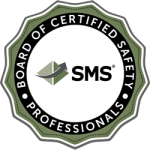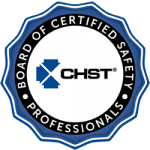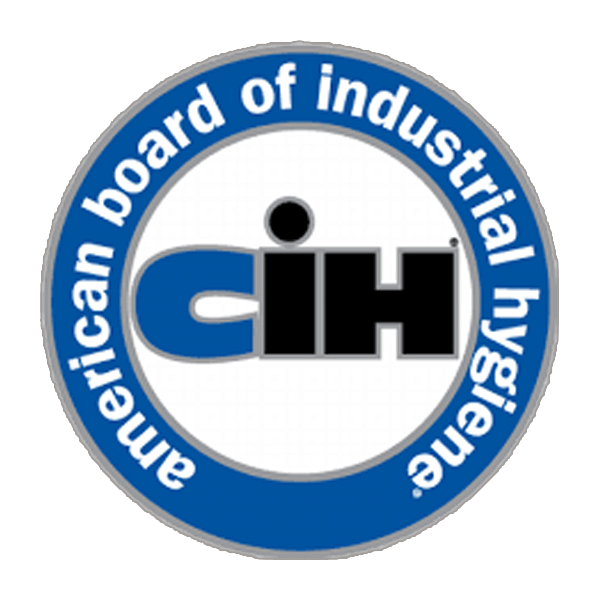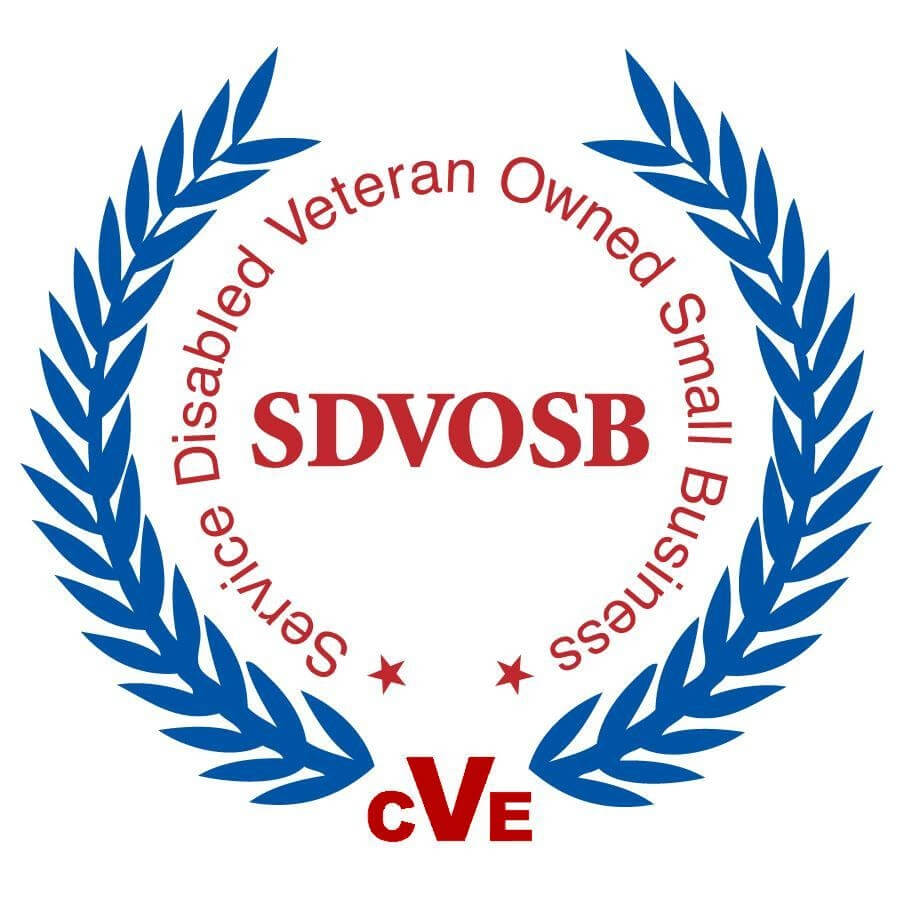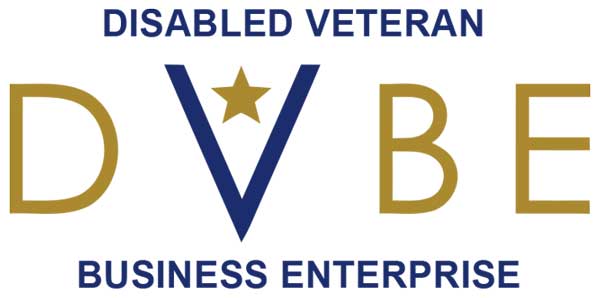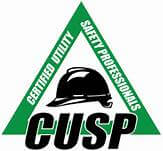Introduction to the Role of a Site Safety Health Officer (SSHO)
When it comes to the construction industry, safety is of paramount importance. One cannot overstate the vital role of the site safety health officer (SSHO). This is the individual tasked with ensuring that construction sites adhere to all safety and health regulations, thereby minimizing the risk of accident or injury. They provide a crucial service, safeguarding the well-being of construction workers and the general public alike. Additionally, they help preserve the reputation of the construction company, reduce risk and liability, and support a positive safety culture.
The SSHO is the cornerstone of a construction project, responsible for developing and implementing safety programs that comply with local, state, and federal rules. They are the guardian angels of construction sites, diligently monitoring workers to ensure they are following safety protocols. This is an individual who is trained to anticipate, identify, and help control any potential hazards that may arise during a project.
In essence, what is the experience requirement for a site and safety health officer from EM 385‐1‐1? This document, also known as the U.S. Army Corps of Engineers Safety and Health Requirements Manual, outlines the qualifications necessary for an SSHO. It’s a comprehensive guide that lays out the duties and responsibilities of an SSHO, making it an essential resource for anyone aspiring to occupy this role.
Experience Requirement for a Site Safety Health Officer from EM 385-1-1
According to the EM 385-1-1, the site safety health officer is required to have a minimum of five years of safety work experience on similar projects. This experience is crucial as it ensures that the SSHO is well-versed in recognizing and mitigating potential hazards. They need to be familiar with the dynamics of a construction site, understand how to implement safety/job hazard analysis (JHA) also known as activity hazard analysis (AHA) protocols, and manage safety training programs. Moreover, this document specifies that the SSHO is mandated to have relevant qualifications in the field of health and safety. This could be in the form of a Certified Industrial Hygienist (CIH), a Certified Safety Professional (CSP), or a Certified Health and Safety Technician (CHST). It is through this rigorous training and experience that an SSHO becomes adept at promoting and enforcing a culture of safety on construction sites. The EM 385-1-1 also stipulates that the SSHO should be capable of communicating effectively with workers, site management, and the authorities. This is because the SSHO is the primary point of contact between the construction site and regulatory bodies such as OSHA and the engineering controlling bodies such as the US Army Corps of Engineers (USACE) and the Naval Facilities Engineering Systems Command (NAVFAC). Through effective communication, the SSHO can ensure that all parties are aligned in their efforts to prioritize safety.
Key Responsibilities of an SSHO on a Construction Site
The SSHO plays a critical role on a construction site, bearing a multitude of responsibilities. First and foremost, they must conduct regular inspections of the site to identify any potential hazards. These inspections are essential in preventing accidents, as they allow the SSHO to address any safety concerns before they escalate into serious issues. In addition to conducting inspections, the SSHO is often responsible for training workers on safety protocols. They hold regular training sessions such as tool box talks to educate workers about potential hazards, the use of personal protective equipment (PPE), and emergency response procedures. This ensures that all workers are equipped with the knowledge they need to maintain their own safety and the safety of their fellow workers. Not only does the SSHO manage safety on the ground, but they also work closely with site management to develop and implement safety policies. They provide recommendations to improve safety measures and work towards achieving EM-385 safety compliance. They are also responsible for maintaining safety records, reporting on safety performance, and managing any incidents that do occur.
The Role of an SSHO in Maintaining Health and Safety on a Construction Site
Maintaining health and safety on a construction site is a challenging task, but it’s one that the SSHO is well-equipped to handle. They are the linchpin that holds together all aspects of site safety, from training and inspections to policy development and incident management. The SSHO is the driving force behind a culture of safety on the construction site. They lead by example, demonstrating a commitment to safety in every aspect of their work. This commitment is infectious, inspiring workers to take safety seriously and adhere to all protocols. The SSHO also plays a crucial role in enforcing safety standards on the construction site. They ensure that all workers are following safety protocols and using PPE correctly. If a worker is found to violate safety rules, the SSHO is responsible for taking corrective action. This could involve issuing warnings, providing additional training, or even removing the worker from the site if necessary.
Importance of SSHO in Meeting US Army Corps of Engineers (USACE) and NAVFAC Requirements
The SSHO is instrumental in ensuring that construction projects meet the requirements and specifications dictated by the USACE and NAVFAC. They are the ones who ensure that all operations are carried out by following the safety guidelines outlined in documents like the EM 385-1-1. The SSHO works closely with these engineering bodies, providing them with regular updates on the status of safety measures on the construction site. They ensure that all safety records are accurate and up-to-date, and they are responsible for reporting any incidents that occur on the site. In addition, the SSHO is responsible for ensuring that the construction site is prepared for any inspections conducted by the USACE and/or NAVFAC. They make sure that all safety measures are in place and that all workers are following safety protocols. This readiness for inspection is crucial in ensuring that the construction project remains compliant with all safety requirements.
The Role of SSHO in EM-385 Safety Compliance
The SSHO plays a critical role in achieving EM-385 safety compliance. They are responsible for developing and implementing a safety program that meets the standards outlined in the EM 385-1-1. This involves training workers on safety protocols, conducting regular inspections of the site, and managing any safety incidents that occur. The SSHO’s role in EM-385 safety compliance also involves maintaining detailed safety records. They keep track of all training sessions, inspections, and incidents, and they ensure that these records are readily available for review by the USACE and NAVFAC. By maintaining these records, the SSHO provides a clear and comprehensive overview of the site’s safety performance. In essence, the SSHO is the key to achieving EM-385 safety compliance. Their expertise and commitment to safety ensure that all operations on the construction site are conducted by following the highest safety standards.
Challenges Faced by a Site Safety Health Officer
While the role of an SSHO is crucial, it’s not without its challenges. One of the most significant obstacles they face is the dynamic and often unpredictable nature of construction sites. With multiple operations happening simultaneously, the SSHO must be vigilant at all times to identify and address any potential hazards. Another challenge faced by SSHOs is resistance from workers. Despite the clear benefits of safety protocols, some workers may see them as cumbersome or unnecessary. In such cases, the SSHO must work to foster a culture of safety and ensure that all workers understand the importance of adhering to safety guidelines. Furthermore, SSHOs face the pressure of ensuring compliance with strict safety standards set by regulatory bodies. This requires meticulous record-keeping, regular communication with these bodies, and a deep understanding of the safety requirements that apply to their specific construction site.
Training and Certification for Becoming a Site Safety Health Officer
Becoming an SSHO requires extensive training and certification. Prospective SSHOs must complete a course in Occupational Safety and Health Administration (OSHA) regulations, along with other relevant safety and health training programs. These programs provide a solid foundation in safety principles and practices, equipping SSHOs with the knowledge they need to manage safety on a construction site effectively. In addition to the basic safety and health training, SSHOs may need to have certain certifications such as a Certified Health and Safety Technician (CHST), Certified Industrial Hygienist (CIH), or Certified Safety Professional (CSP). These advanced certifications demonstrate an SSHO’s commitment to their profession and their competence in managing complex safety issues. Training and certification requirements are dictated by the project specifications. Lastly, SSHOs gain practical experience on construction sites. This hands-on experience is crucial, as it allows SSHOs to apply their theoretical knowledge in real-world situations, honing their skills in hazard identification, risk assessment, and safety management.
Case Studies Showcasing the Role of the SSHO in Preventing Accidents
Numerous case studies underscore the important role of the SSHO in preventing accidents on construction sites. For instance, an SSHO at a construction site in New York City identified a potential hazard in the form of improperly secured scaffolding. By taking swift action to rectify the issue, the SSHO prevented what could have been a serious accident. In another case, an SSHO at a construction site in California noticed that workers were not wearing their personal protective equipment correctly. They intervened immediately, providing additional training to the workers and preventing potential injuries. These case studies highlight the proactive and preventative role of the SSHO. They showcase how, through their vigilance and commitment to safety, SSHOs can prevent accidents and protect the well-being of construction workers.
Conclusion: The Indispensable Role of a SSHO in Today’s Construction Industry
In conclusion, the role of the SSHO in today’s construction industry is truly indispensable. They are the vanguards of safety, working tirelessly to ensure that every construction site is a safe environment for workers and the public. Their commitment to safety, their expertise, and their dedication to their role make them an invaluable asset to any construction project. The comprehensive training and experience required for this role equip SSHOs with the skills they need to manage complex safety issues, ensure compliance with stringent safety standards, and foster a culture of safety on construction sites. Their role in preventing accidents and ensuring the well-being of workers is truly invaluable, making them a cornerstone of the construction industry.
Are you looking for a dedicated and experienced SSHO for your USACE or NAVFAC construction project? EHS Analytical Solutions Inc. is a professional safety consulting company and provides SSHOs nationwide. We are also a Service Disabled Veteran Business Enterprise (SDVOSB), which will help meet contract requirements. Reach out to us today, we’d be happy to help support all your SSHO needs. Contact us.
You can also send us an email at [email protected] or call us at 619-288-3094.
Additional information regarding our construction safety consulting services can be found here.
Please note: USACE updated EM 385 Safety and Occupational Health Requirements effective March 15, 2024. You may download the latest version from their website here.



